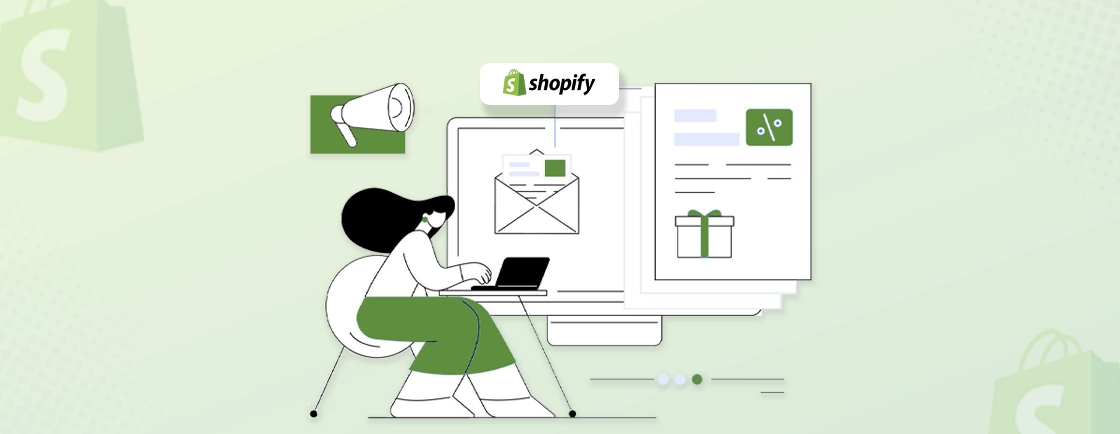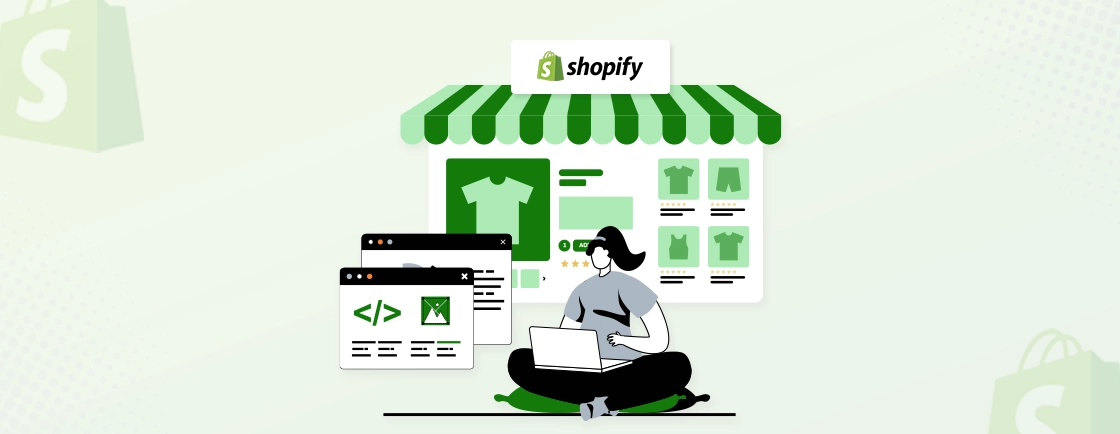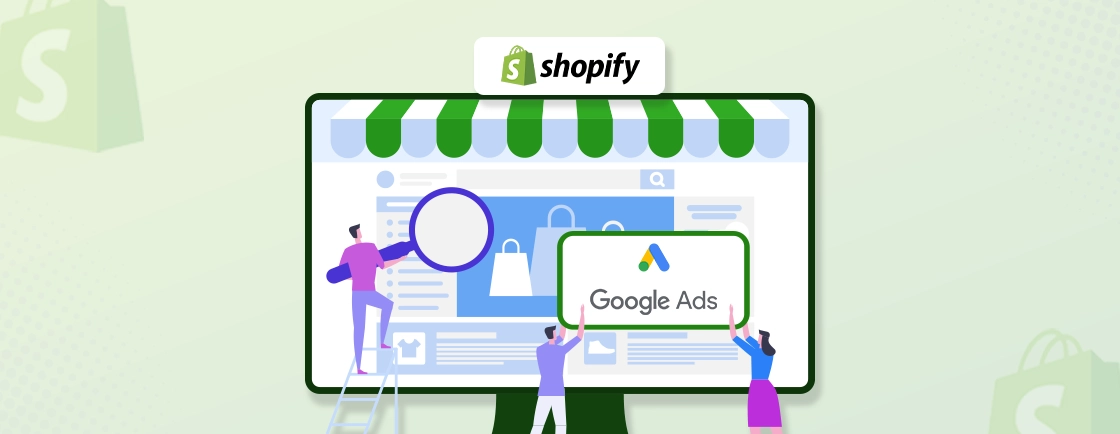Table of Contents
Are you looking for ways to secure your Shopify store? You’re definitely doing the right thing and arrived at the right place, too!
According to a study, over 92% of eCommerce websites have been plagued by cyber-attacks. And yours can be, too! Fret not, we’re not here to scare the crap out of you. The purpose of this blog is to help you secure your Shopify store.
Here, we will share some top measures that Shopify development experts take to ensure security. So, let’s start!
Is Shopify A Secure Platform?
Absolutely! Shopify takes security seriously and has built several protections to keep your store and customers safe. For starters, Shopify uses SSL encryption to ensure that any data transferred between you and your customers is locked down and secure. Plus, it’s PCI compliant, which means it meets industry standards for handling credit card information safely.
You also get features like Two-Step Authentication for extra protection when logging in, a secure checkout system, and ongoing security monitoring to help spot and stop potential threats. With all these measures in place, it’s no wonder why Shopify powers more than 8 million websites across the globe.
But here’s the thing—while Shopify’s security is rock-solid, it’s important that you play your part too. If you aren’t careful, vulnerabilities can pop up that may compromise your store. Taking responsibility by following security best practices will help you avoid these cracks and keep your business running smoothly.
How to Make Your Shopify Store Secure?
Shopify comes with several built-in security features to help protect your store and customers. Here’s a breakdown of these features, along with tips on how you can make the most of them.
SSL Encryption
Shopify automatically provides an SSL certificate for your store, encrypting data and helping to build trust with customers by displaying the padlock symbol and “https” in your URL.
How to make the most of SSL Encryption:
- Ensure all your store pages, especially checkout and login pages, use SSL. Check for the padlock symbol to verify this.
- Regularly review your store’s SSL certificate to make sure it’s active and valid.
- Educate your customers on the importance of secure browsing to build trust.
PCI Compliance
Shopify is PCI DSS Level 1 compliant, meaning it meets the strictest standards for protecting credit card information.
How to make the most of PCI Compliance:
- Don’t store sensitive card information outside of Shopify; let Shopify handle all payment processing.
- Regularly review Shopify’s PCI compliance reports to stay informed.
- Limit access to payment data to only essential personnel in your team.
Content Security Policy (CSP)
Shopify’s Content Security Policy helps block harmful scripts and data from entering your store.
How to make the most of CSP:
- Be mindful when adding third-party scripts or apps to your store, ensuring they come from trusted sources.
- Regularly audit your store for any unfamiliar or outdated scripts that may have been added unintentionally.
- Stay up-to-date with Shopify’s guidelines on how to manage external content securely.
Two-Step Authentication
With Two-Step Authentication, Shopify adds an extra layer of security by requiring a second form of authentication when logging into your admin account.
How to make the most of Two-Factor Authentication:
- Enable Two-Step Authentication for all admin accounts, not just your own.
- Use an authentication app like Google Authenticator or set up SMS-based Two-Step Authentication for convenience.
- Regularly update your authentication methods to ensure they’re working and accessible to you.
Security Monitoring
Shopify continuously monitors your store for suspicious activity, and its fraud analysis tools help flag potentially fraudulent transactions.
How to make the most of Security Monitoring:
- Regularly check your Shopify dashboard for any alerts or warnings related to security.
- Review customer behaviors and transaction data flagged as suspicious and take action as needed.
- Set up notifications for unusual login attempts or other activity in your store so you can respond quickly.
If you want to secure your Shopify store and safeguard sensitive data, hire Shopify expert from our team today.
Additional Measures to Secure Your Shopify Store
While Shopify provides strong security features, it’s crucial to take extra steps to protect your store from common security threats like stolen passwords, phishing, malware, and malicious bots.
Here are some additional measures you can implement to further secure your Shopify store.
Keep Your Store Up-to-date
Installing apps on Shopify can be extremely helpful, but each app gains access to some of your store’s sensitive data.
What you can do:
- Only install apps from trusted sources—check reviews, the developer’s website, and SSL certificates.
- Regularly audit the apps you’ve installed and uninstall those you no longer need.
- Always check the permissions an app requests and ensure it only has access to necessary data.
- Keep apps updated to avoid vulnerabilities from older versions.
Monitor Script Tags Added to Your Store
Certain apps may add script tags to your store to collect data and enhance functionality, but these can pose security risks if not managed carefully.
What you can do:
- Always verify the source of any script before allowing it to run on your site.
- Avoid scripts from unknown or untrusted sources to prevent data breaches.
- Use Shopify’s built-in pixels for marketing data collection instead of relying solely on script tags.
- Regularly review and remove any unnecessary or outdated scripts.
Stay Mindful of Theme Customizations
Customizing your store’s theme can help you stand out, but it’s important to be careful with code changes.
What you can do:
- Hire experienced Shopify developers to handle theme code edits.
- Avoid making complex theme changes yourself unless you have technical expertise.
- Verify the trustworthiness of any developers you hire to ensure they follow best security practices.
- Back up your theme files before making any significant changes to quickly recover if something goes wrong.
Back Up Your Store
Unexpected data loss or a security breach could severely impact your store’s operations. Regular backups help you recover quickly in case of disaster.
What you can do:
- Use third-party backup apps that automatically back up your data whenever changes are made.
- Make sure backups include your customer information, order data, and product details.
- Store backups in a secure, encrypted location to prevent unauthorized access.
- Perform regular tests to ensure backups are functioning properly.
Create a Shield from Malicious Bots
Malicious bots can wreak havoc on your store by stealing information or disrupting operations.
What you can do:
Implement Google reCAPTCHA to block bots from submitting forms on your site. Enable reCAPTCHA for key sections of your store, like checkout or sign-up forms, by going to:
- Shopify Admin → Settings
- Apps and Sales Channels → Online Store
- Preferences → Scroll to ‘Spam Protection’ and enable reCAPTCHA.
Regularly review your traffic logs for any suspicious bot activity.
Conclusion
Securing your Shopify store is essential for protecting your business and your customers. While Shopify offers a solid foundation with built-in security features, taking extra steps—like using strong passwords, enabling Two-Factor Authentication, and being mindful of the apps and customizations you add—can make all the difference. By staying proactive and vigilant, you’ll not only protect your store from potential threats but also build trust with your customers, giving them peace of mind as they shop.
Remember, security is an ongoing process, so it’s important to regularly review your store’s security measures and stay informed about the latest best practices. With the right precautions, you can run a safe and successful Shopify store.
If you don’t have time to manage these tasks or are new to Shopify, partner with our Shopify Development Company for complete store protection and expert management.
FAQs on How to Secure Your Shopify Store
How do I make my Shopify store private?
Go to Online Store → Preferences in your Shopify admin. In the Password protection section, select Restrict access to visitors with the password, then set a password. Only those with the password can access your store.
Can someone steal my Shopify store?
While no store is 100% safe from hacking, you can reduce the risk by using strong passwords, enabling Two-Step Authentication, and keeping your store updated. Shopify’s security features help protect your store, but staying vigilant is key.
How to protect yourself on Shopify?
– Use strong, unique passwords.
– Enable Two-Step Authentication.
– Don’t share your login credentials.
– Stay alert to phishing attacks.
– Download and securely store recovery codes.
Accelerate Your Shopify Store
Leverage Shopify's AI tools and expert development to launch and scale your online store.





